In 2025, Pennsylvania is implementing a significant boost to its Property Tax and Rent Relief programs, targeting senior citizens and low-income families with expanded support. This bold step arrives amid rising living costs, economic uncertainty, and growing calls for government intervention to protect vulnerable residents. Major cities like Philadelphia, Pittsburgh, Scranton, Allentown, and Erie are set to benefit, bringing a wave of relief to thousands of households from urban centers to rural communities.
This article offers a comprehensive, city-focused analysis of how these policy changes are reshaping the financial landscape for Pennsylvanians in need.
The 2025 Expansion: What’s New?
Higher Maximum Rebates
The Pennsylvania Property Tax/Rent Rebate (PTRR) program, a lifeline for older adults and people with disabilities, has received its largest expansion in nearly two decades. In 2025, the maximum standard rebate surged from $650 to $1,000. This means eligible homeowners and renters could now receive as much as $1,500 in total relief when supplemental rebates are included.
Expanded Income Limits and Eligibility
The income threshold to qualify has increased to $46,520, opening the door to thousands of additional households. Supplemental rebates, up to an extra $500, target those with especially heavy property tax burdens or those living in cities with higher tax rates such as Pittsburgh, Scranton, and Philadelphia.
Updated Deadlines and Simpler Application
Applications for 2024 property taxes (or rent paid) are open through December 31, 2025, and the process is streamlined. More first-time filers are expected to apply this cycle than ever before.
Who Benefits: Demographics of Relief
Seniors
-
Eligibility starts at age 65.
-
Widows or widowers qualify at age 50 and older.
-
Applicants with disabilities can claim relief from age 18.
Last year, the program helped over 520,000 Pennsylvanians, including almost 100,000 first-timers. Major distributions went to seniors who often live on fixed incomes and face the dual housing pressure of rising taxes and relentless inflation.
Low-Income Families
Households earning less than $46,520 annually are eligible. Supplemental programs such as the Emergency Rental Assistance Program (ERAP) and county initiatives prioritize families at the lowest income tiers. In counties like York, Berks, and Allegheny, low-income families have greater access to localized assistance, helping them avoid eviction or utility shutoffs during temporary financial crises.
The Numbers: Property Tax and Rent Challenges Across Pennsylvania
Statewide Property Tax Overview
-
State average effective property tax rate: 1.41% (national average: 0.90%)
-
Range by county: 0.83% (lowest counties) to 2.05% (highest taxed counties).
City Spotlight
-
Chester County: Highest median home value ($435,000); median annual property tax is $6,109.
-
York County: 1.75% average rate; the city of York has a mill rate of about 60 mills.
-
Berks County: One of the highest rates (1.86%); $4,202 annual tax on a median home.
-
Allegheny County (Pittsburgh): 1.68% tax rate, but seniors can get up to a 30% county tax reduction.
Rental Relief Hotspots
-
Philadelphia: Multiple rental assistance programs remain active, focusing on neighborhoods with high eviction risk.
-
Pittsburgh: Locations like the East Liberty neighborhood see high participation in rent relief and stabilization programs.
-
Scranton: Qualifies for supplemental rebates due to high property tax-to-income ratios.
Deep Dive: Major Cities & County Programs
Philadelphia
Seniors and low-income renters benefit from both state PTRR rebates and locally-administered rental grants. The Veterans Multi-Service Center and local coalitions run targeted rent and utility assistance, minimizing evictions and utility terminations.
Pittsburgh (Allegheny County)
Apart from state PTRR relief, Allegheny County offers a flat 30% reduction in county real estate taxes for eligible seniors, capped at $650 per year. The city has seen a surge in applications, with many seniors in neighborhoods like the Hill District and Squirrel Hill reporting newfound financial breathing room.
Scranton
Scranton, long known for its older housing stock and high property tax burden, receives special attention through supplemental rebates for the neediest residents. Community organizations help guide seniors through the application, further expanding participation.
Allentown and Erie
While not beneficiaries of supplemental rebates, these cities have seen an uptick in applications as more renters and homeowners become eligible. The availability of additional tenant support—especially in Erie County—helps bridge the gap for families threatened by rising rent prices post-pandemic.
How the System Works: Rebate Amounts by Income
Below is the standard and supplemental rebate schedule for 2025:
| Income Level | Standard Rebate | Supplemental Rebate | Total Maximum Rebate |
|---|---|---|---|
| $0 – $8,270 | $1,000 | +$500 | $1,500 |
| $8,271 – $15,510 | $770 | +$385 | $1,155 |
| $15,511 – $18,610 | $460 | +$230 | $690 |
| $18,611 – $46,520 | $380 | +$190 | $570 |
-
Supplemental rebates are automatic for those with heavy tax-to-income burdens or those living in Philadelphia, Pittsburgh, or Scranton.
-
Renters and homeowners must meet age/disability and income guidelines.
The Impact: Real Stories from Across the State
Mrs. Thompson, Philadelphia
A 72-year-old widow in North Philly saw her annual property tax bill swallow a third of her Social Security check each month. After the PTRR expansion, her rebate jumped to $1,000. Combined with a city-run utility grant, she was able to keep her house and avoid moving in with relatives.
The Rodriguez Family, York
As renters, the Rodriguezes were behind $2,400 in rent after job loss during the COVID-19 slump. ERAP provided them with emergency rental aid, and the woman, now 51 and recently widowed, was eligible for the PTRR program for the first time in 2025. They remain in their apartment, and her application was processed in May by a local nonprofit.
Mr. Wilson, Pittsburgh
A 68-year-old homeowner in the city’s Homewood section, Wilson’s fixed income put him just above the poverty line. With the 30% county tax reduction and the full state rebate, he lowered his out-of-pocket costs by over $1,600 in 2025, allowing him to afford medications and groceries more comfortably.
Economic Ripple Effects
These relief initiatives do more than protect individuals—they buoy whole communities. As more seniors and low-income families remain in their homes, neighborhoods retain their character, and the local economy stabilizes. Housing stability leads to fewer evictions, a lesser homeless crisis in cities like Philadelphia and Harrisburg, better student performance in schools, and more predictable municipal budgets.
The $258million distributed as rebates in July 2025 reached 425,000 Pennsylvanians and has injected fresh spending power into Main Streets from Erie to Easton. This marks a sea change from previous years, when increases in Social Security checks paradoxically pushed some recipients out of eligibility.
How to Apply: A Step-by-Step Guide
-
Confirm Eligibility
-
Age/disability, residency, and income.
-
Only half of Social Security income counts, making the program accessible to many retirees.
-
-
Gather Documentation
-
Social Security statements, property tax receipts, lease agreements.
-
-
Apply Online or via Mail
-
The fastest reviews are available online through the Revenue Department’s portal.
-
-
Seek Assistance
-
Many counties, senior centers, and nonprofits offer help.
-
For Pittsburgh, visit senior centers or call the county treasurer’s office.
-
In Philadelphia, the Veterans Multi-Service Center and city libraries offer assistance.
-
Application deadline: December 31, 2025.
-
-
Track and Receive Rebate
-
Initial payments began rolling out July 1, 2025.
-
Looking Forward: The Future of Relief Programs
The current boost, coupled with automatic cost-of-living adjustments in income caps, ensures the PTRR program will not erode as economic conditions change. This milestone legislative move came with bipartisan support and is expected to continue stabilizing the housing security of Pennsylvania’s most vulnerable.
Meanwhile, emergency rent relief, while still available, is slated to conclude by September 2025 or sooner if funds are exhausted. Policymakers are discussing whether to extend, replace, or make permanent aspects of these pandemic-era supports.
Conclusion
Pennsylvania’s expanded property tax and rent relief measures in 2025 have become an essential tool in combating the financial crises faced by seniors and low-income families from Philadelphia’s rowhomes to Pittsburgh’s historic neighborhoods, to the heart of rural communities across counties like Berks, York, and Erie.
The changes not only address the symptoms of economic hardship—rising taxes, increasing rents—but strive to provide lasting protection and dignity for those who have contributed to their communities for decades. As more households take advantage of these programs in 2025, Pennsylvania can serve as a model for other states eyeing similar reforms.
If you or someone you know may qualify, don’t miss out: apply before December 31, 2025, and ensure your family’s housing security in the year ahead.

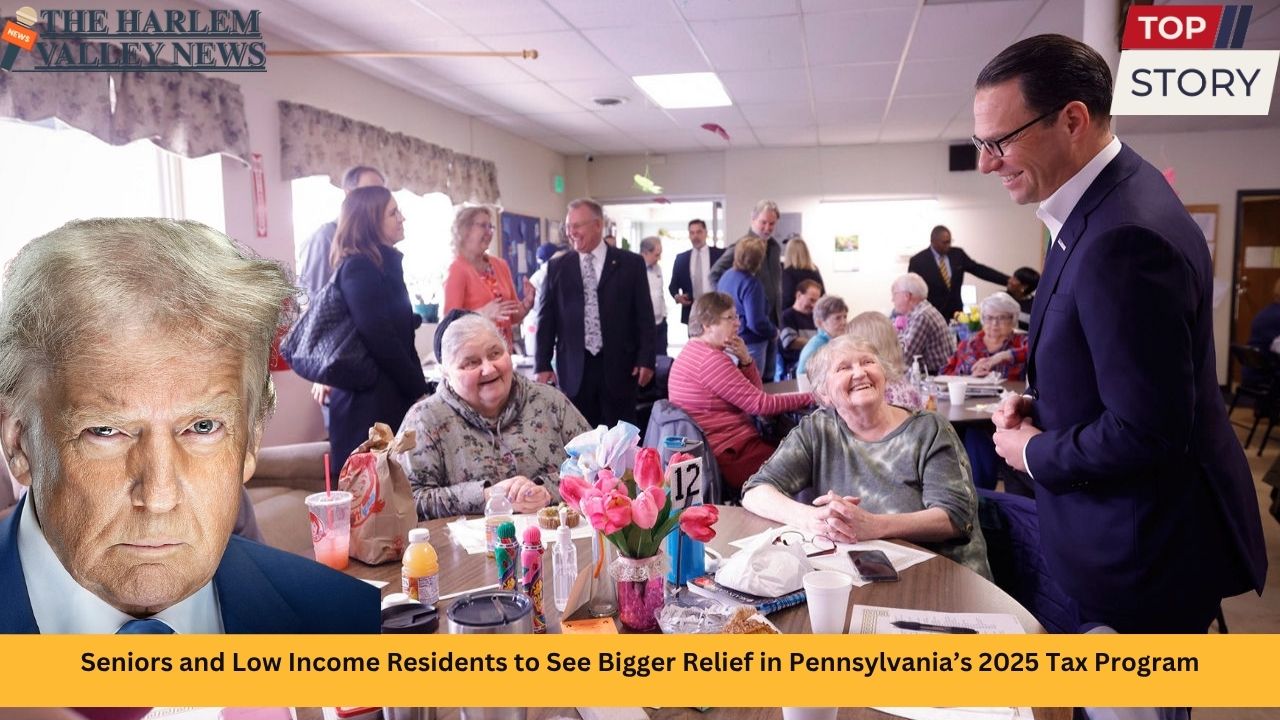



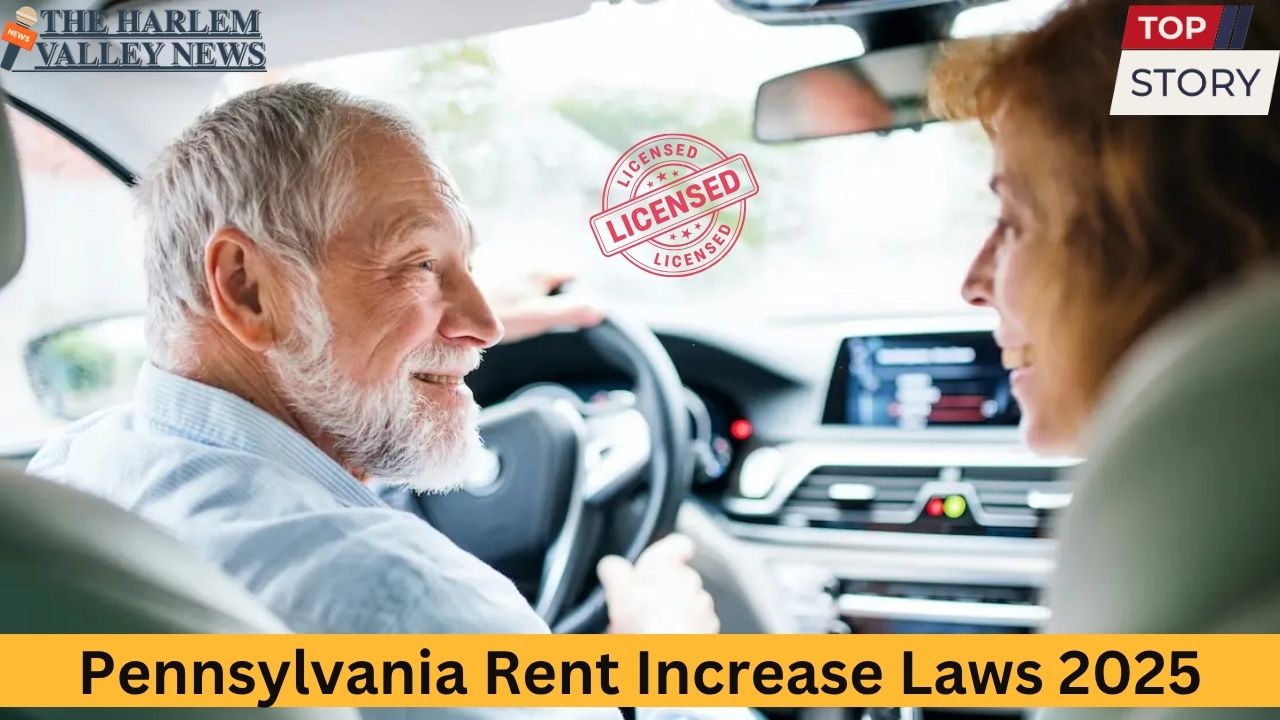
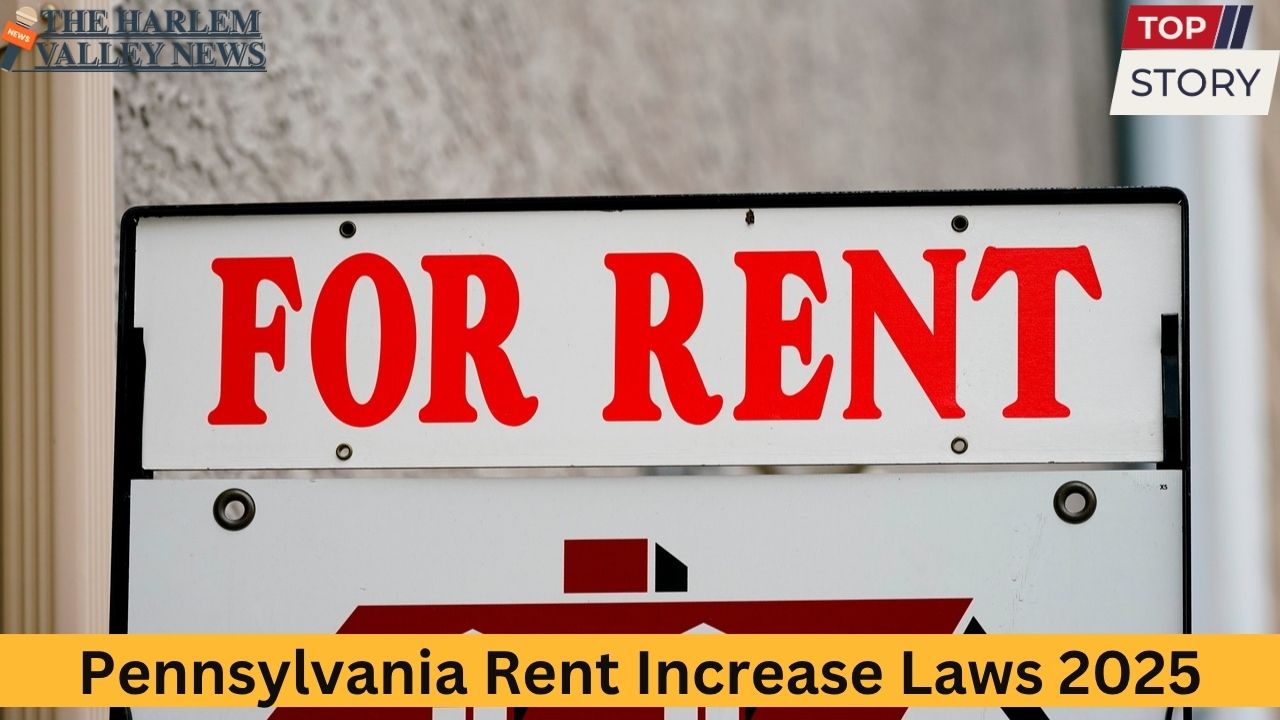




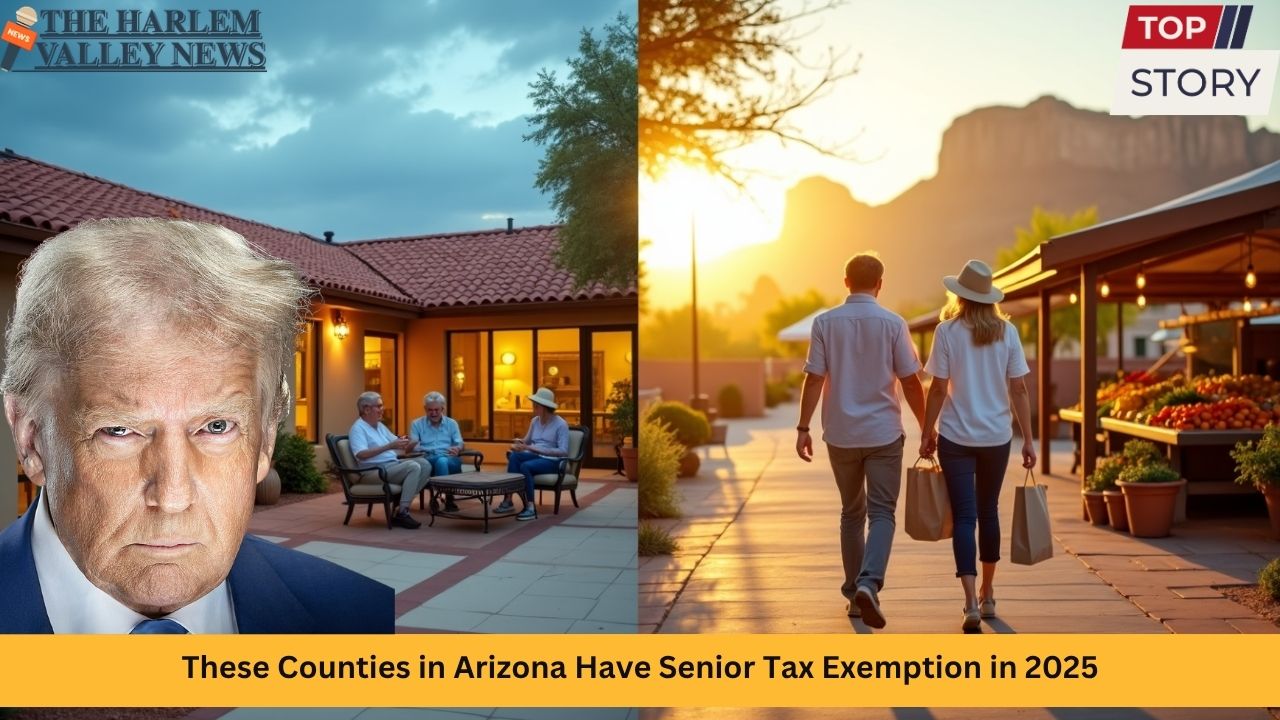

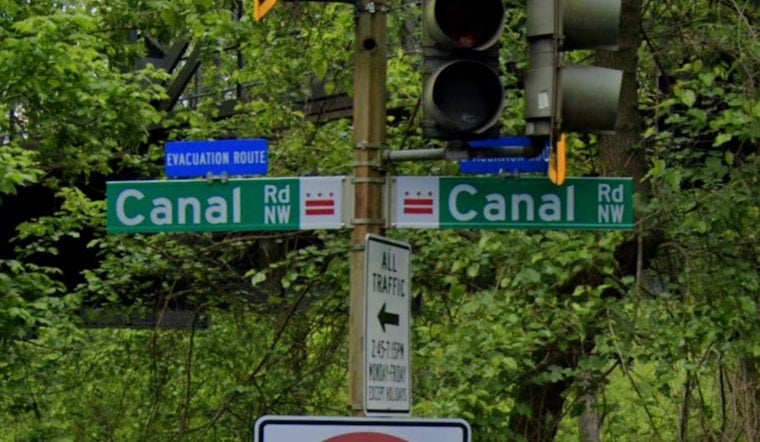
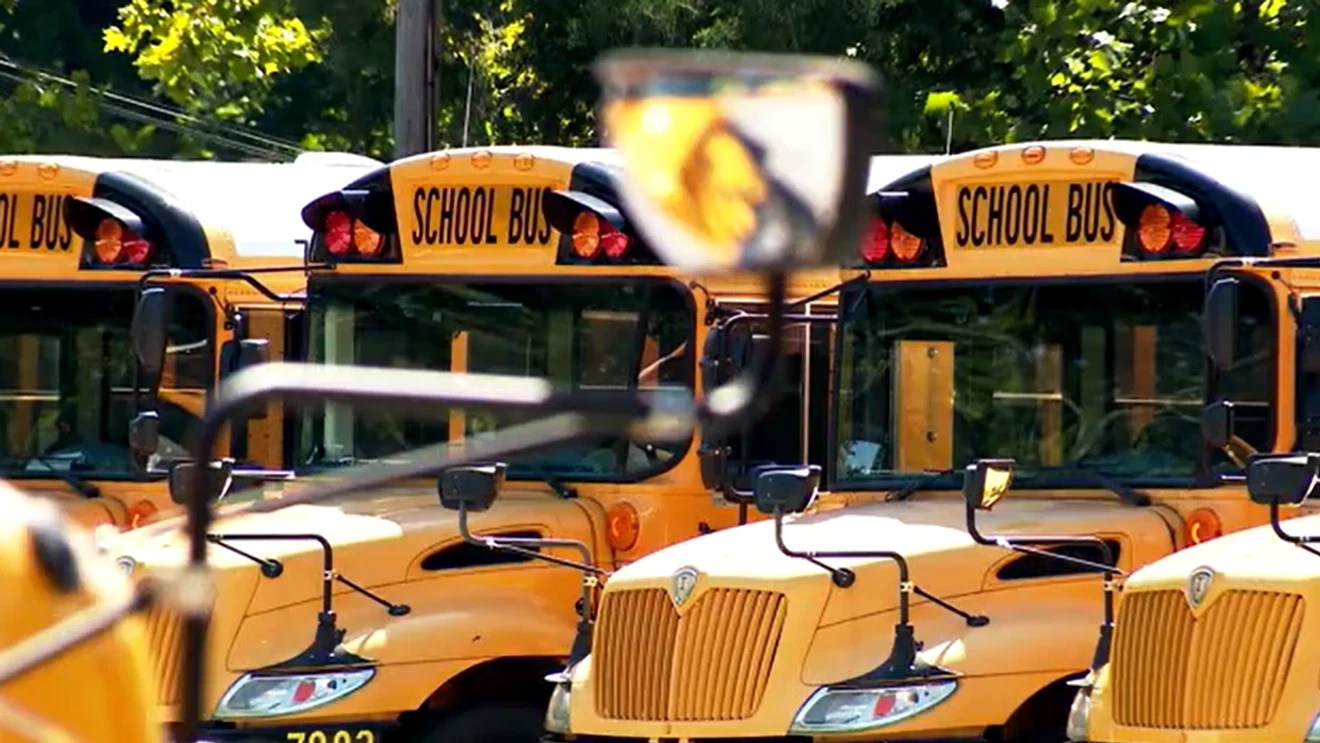
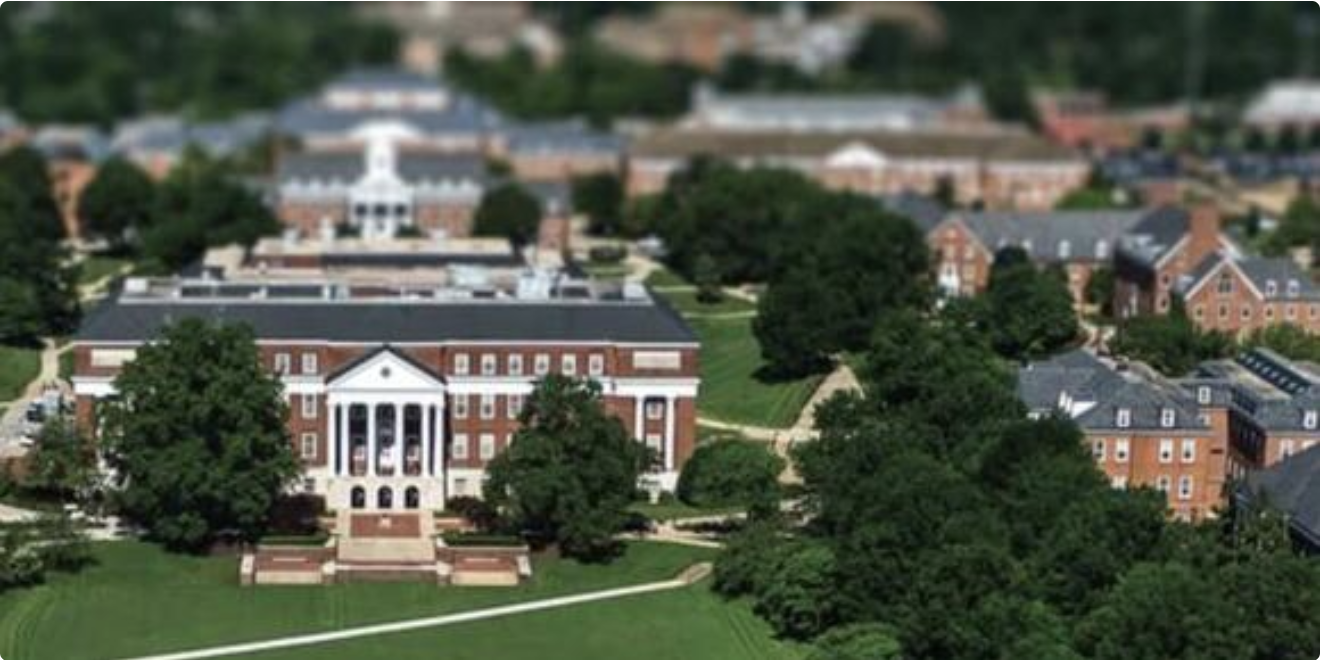
Leave a Reply